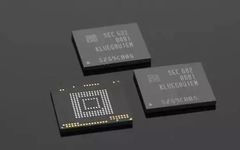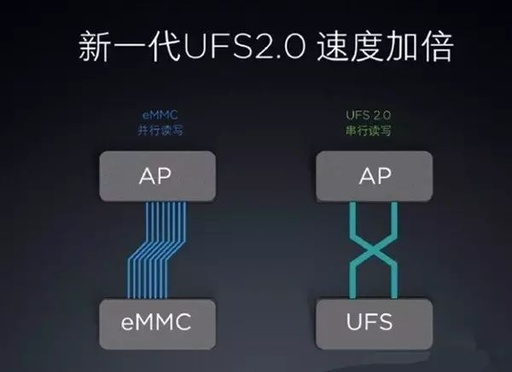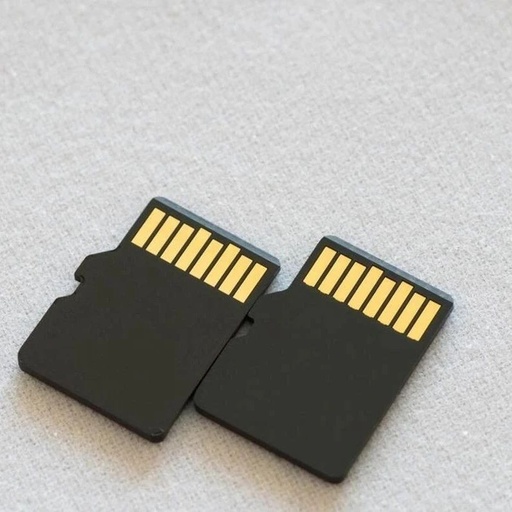How Powerful Is UFS3.0 Flash Memory?
Click the above Computer Enthusiast to follow us Recently, the mobile phone industry has been buzzing with the Samsung Galaxy Fold, the first commercially available foldable smartphone. The Galaxy Fold’s power is unquestionable, featuring a 4.6-inch + 7.3-inch dual-screen, Snapdragon 855 mobile platform, and six cameras. Aside from its high price, it is indeed impressive. … Read more









